Experiences Illegal Immigrants face while crossing jungles and Mexico before entering USA
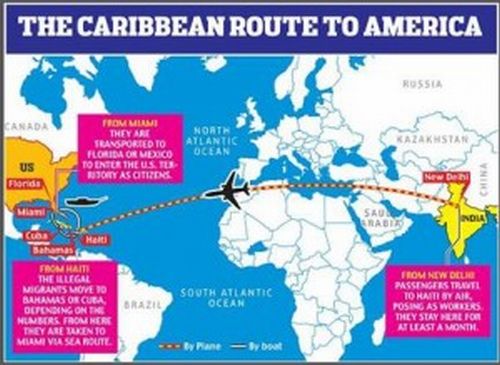
Over the period of time, Immigrants have discovered many illegal routes of Immigrating to USA
Illegal immigration to the United States of America has been a significant issue for a long time. A large number of people from different parts of the world risk their lives to cross the jungles of Central America and Mexico to reach the US border, where they hope to start a new life. This journey is perilous, with migrants facing numerous dangers and risks along the way. In this article, we will explore the experiences that illegal immigrants face while crossing jungles and Mexico before entering the United States of America.
Journey to the Jungle
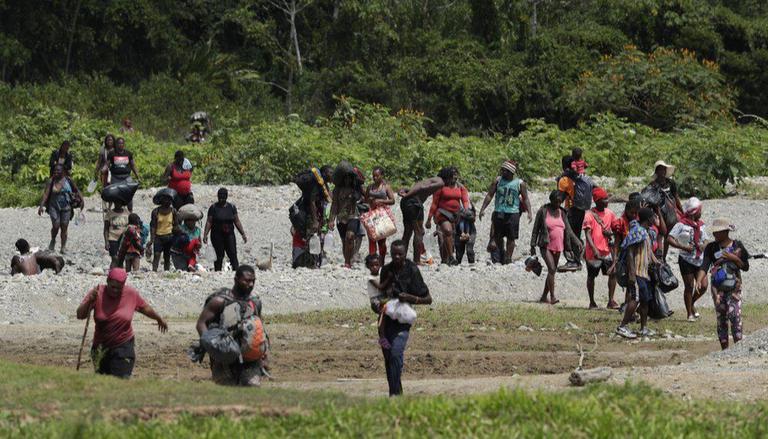
The journey of illegal immigrants to the United States of America usually begins with a decision to leave their home country. There could be a multitude of reasons why someone would decide to migrate, including economic hardship, political instability, social injustice, and violence. Often, the decision is influenced by the hope of a better life in the United States, which is perceived as a land of opportunity.
Once the decision is made, the migrants set out on a journey that could take weeks, months, or even years. The journey typically starts with traveling to the border of their home country, where they cross into a neighboring country. For most people in Central America, this means crossing into Mexico.
Mexico has become a critical transit country for illegal immigrants traveling to the United States of America. There are many reasons for this, including its proximity to the United States, its porous borders, and its history of lenient immigration policies. However, crossing Mexico is not an easy task, and illegal immigrants face a range of challenges along the way.
Checkout Some of the routes adopted by Immigrants to enter USA illegally
Dangerous Journey through Mexico
Mexico is a vast country, and traveling across it can be extremely dangerous. The journey is complicated by the fact that the country has a high crime rate, and gangs and drug cartels operate with impunity in many areas. Illegal immigrants are particularly vulnerable, as they are often seen as easy targets for criminals.
One of the biggest challenges that illegal immigrants face when traveling through Mexico is the lack of infrastructure. Many parts of the country are remote and underdeveloped, with limited access to food, water, and medical care. The harsh terrain can also be challenging, with mountain ranges, deserts, and dense jungles that must be crossed.

To navigate these obstacles, illegal immigrants often rely on the services of human smugglers, also known as “coyotes.” These smugglers offer to guide migrants through Mexico and across the border into the United States of America for a fee. However, these smugglers are often unscrupulous, and many migrants fall victim to fraud, extortion, and violence at their hands.
The journey through Mexico is also complicated by the country’s immigration policies. Mexican immigration laws are notoriously strict, and illegal immigrants who are caught by authorities can face detention, deportation, or even imprisonment. This has led to many illegal immigrants trying to avoid detection by traveling through remote areas of the country, where the risk of being caught is lower.
Crossing the Jungles enroute to enter USA illegally
One of the most challenging parts of the journey for illegal immigrants traveling through Mexico is crossing the jungles. The jungles of Central America and Mexico are vast, dense, and dangerous. They are home to a wide range of wildlife, including snakes, jaguars, and crocodiles, which can pose a significant threat to migrants.
The jungles are also used by criminal gangs and drug cartels to smuggle drugs and people across borders. This has led to an increase in violence in many parts of the jungle, with illegal immigrants often caught in the crossfire.
To cross the jungles, many illegal immigrants rely on the services of smugglers who have local knowledge of the terrain. These smugglers are often part of criminal organizations and have little regard for the safety of the migrants they are guiding. They may take shortcuts through dangerous areas or force migrants to travel.
How do illegal immigrants arrange for food and medicines while crossing jungles to illegally enter USA
it is common for illegal immigrants to face numerous challenges while crossing jungles to illegally enter the United States. One of the biggest challenges is arranging for food and medicines while on the move.
Food is a basic necessity, and without proper nourishment, it can be difficult for illegal immigrants to make the strenuous journey through the jungles. It is essential to consume a balanced diet to maintain their energy levels and to keep themselves healthy. However, finding food in the jungles can be a daunting task. In most cases, illegal immigrants rely on basic survival skills to find food. They may look for edible fruits, berries, and nuts that grow naturally in the jungles. However, finding such food sources can be challenging, as not all fruits and berries are edible, and some can even be poisonous. As such, illegal immigrants may be forced to go without food for days.
Some illegal immigrants may also carry food with them from their home countries, such as rice, beans, and canned foods. However, carrying food can be challenging, as it adds to their already heavy load. In addition, carrying food for a long time can also attract animals in the jungle, making the immigrants vulnerable to attacks.
Medicines are another essential item that illegal immigrants require while crossing jungles. The journey can be strenuous, and injuries and illnesses are common. However, accessing medical facilities can be challenging as illegal immigrants are often on the move and do not want to be detected by law enforcement agencies. As such, they may carry a small medical kit with basic medicines, such as painkillers and antihistamines. Some immigrants may also use traditional remedies, such as herbs and plants that grow in the jungle.
However, carrying medicines can be risky, as they may be confiscated by authorities during random checks. In addition, many illegal immigrants may not have access to the necessary medical knowledge to identify the right medicine for a particular illness or injury. In some cases, they may end up using the wrong medicine, which can lead to severe health consequences.
Illegal immigrants may also rely on the kindness of strangers to arrange for food and medicines. They may come across friendly locals who may offer them food or medicine. However, such interactions can be rare, and illegal immigrants cannot rely on them to sustain themselves throughout the journey.
Another way that illegal immigrants arrange for food and medicines while crossing jungles is by working with smugglers. Smugglers are individuals who help illegal immigrants cross borders for a fee. They are often familiar with the terrain and can provide essential services such as food and medicine. However, smugglers are not always reliable, and many are known to exploit illegal immigrants. Some smugglers may charge exorbitant fees for basic necessities such as food and medicine, which can add to the already high cost of illegal immigration.
Crossing jungles to illegally enter the United States is a challenging task that requires immigrants to be self-sufficient and resourceful. Arranging for food and medicines is a critical part of the journey, and immigrants may rely on various strategies to ensure their survival. However, these strategies are not always reliable, and illegal immigrants face numerous risks and challenges during their journey. It is essential to address the root causes of illegal immigration and to provide safe and legal channels for immigrants to enter the United States.
Crossing the wall to enter USA illegally
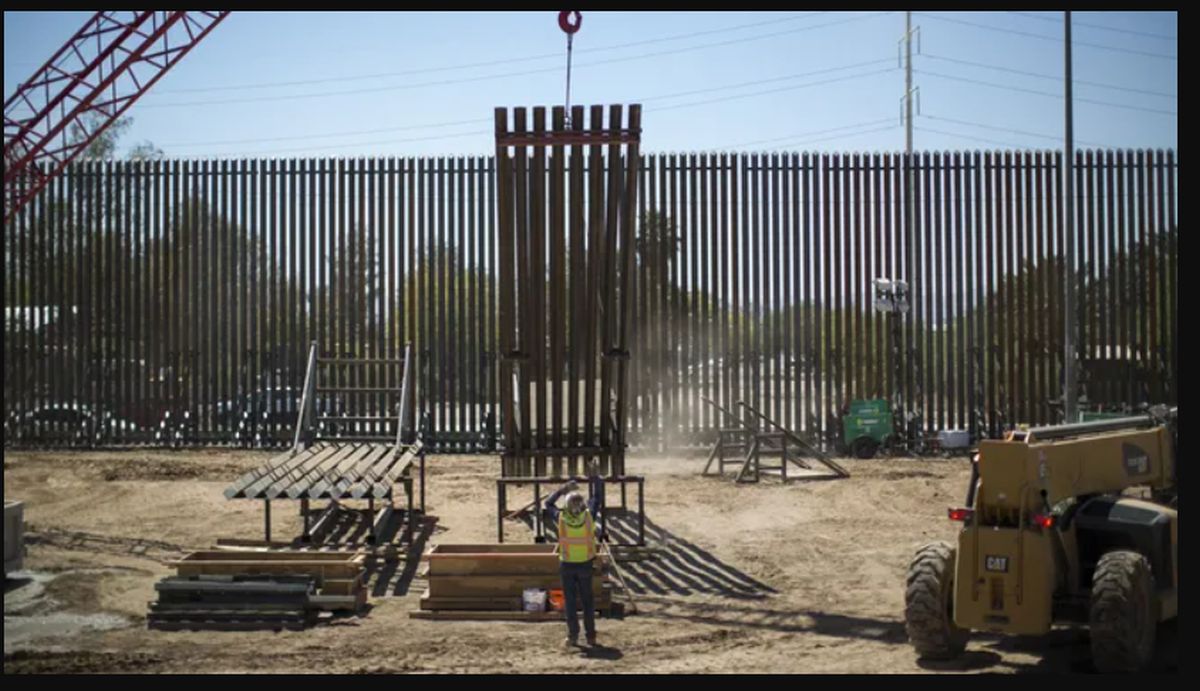
Illegal immigrants who attempt to cross the wall or enter the United States illegally face potential arrest, detention, and deportation. If caught, they are typically taken into custody by immigration authorities and processed for removal from the country. The process can take several weeks or months, during which time the individual is held in a detention center.
Once an individual is processed for removal, they may be deported back to their home country. In some cases, they may be eligible for asylum if they can demonstrate a well-founded fear of persecution based on their race, religion, nationality, political opinion, or membership in a particular social group. However, the asylum process is complicated and lengthy, and the majority of applicants are ultimately denied.
In addition to the risk of arrest, detention, and deportation, illegal immigrants who attempt to cross the border face a range of other dangers. These include dehydration, exposure to extreme weather conditions, injuries from falls or other accidents, and violence from criminal organizations or other individuals who may prey on vulnerable migrants.
Overall, attempting to cross the border illegally is a dangerous and risky endeavor, and those who attempt it face significant challenges and potential consequences. It is essential to recognize the complexity of the issue and to seek a comprehensive and humane approach to addressing illegal immigration.
Fate awaiting illegal immigrants when caught and kept in overcrowded detention centres
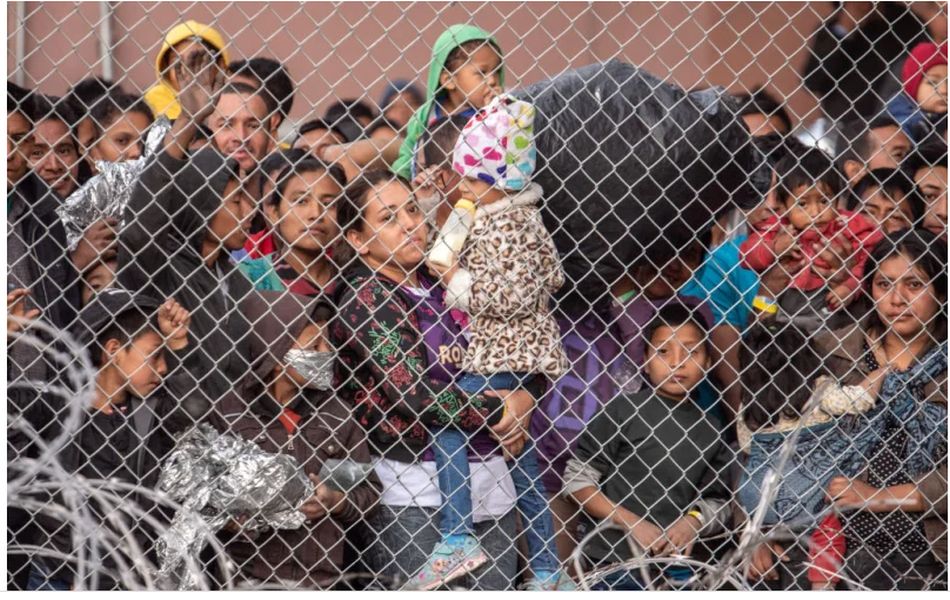
The conditions in detention centers for undocumented immigrants in the United States have been a source of concern for many years. While the fate of each individual may vary depending on their specific circumstances, generally, overcrowded detention centers can result in poor living conditions, lack of medical care, and limited access to legal representation.
Undocumented immigrants in detention centers may face a number of challenges, including prolonged detention, limited access to basic necessities like food and clean water, and limited access to legal representation. Additionally, some detention centers have been criticized for their use of solitary confinement, which can have negative psychological effects on detainees.
In recent years, there have been reports of mistreatment and abuse of detainees in some detention centers, including instances of sexual assault and other forms of violence. In some cases, detainees have been separated from their families, which can cause significant emotional trauma.
It’s important to note that the situation for undocumented immigrants in detention centers can vary widely depending on the specific facility and the policies of the government agency overseeing the detention. Some centers may provide better care and treatment than others.
In any case, the conditions in detention centers for undocumented immigrants have been a topic of ongoing debate in the United States, and there are ongoing efforts to improve the treatment of detainees and to reform the immigration system as a whole.
Fate of families separated while attempting to enter USA illegally
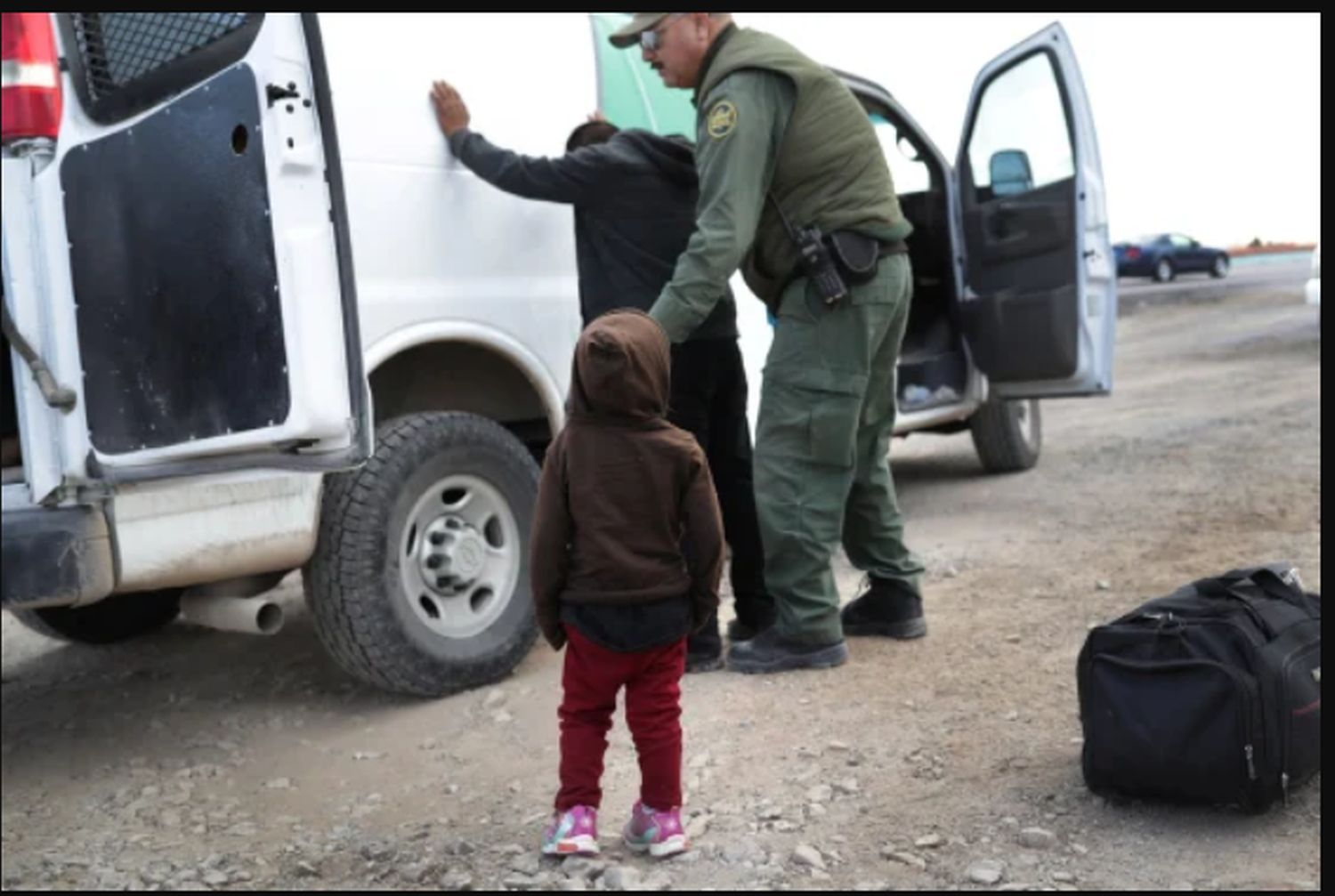
Under the Trump administration’s “zero tolerance” policy, which was implemented in April 2018 and ended in June 2018, families attempting to enter the US illegally were separated at the border. Children were taken from their parents and sent to separate detention facilities, while their parents were placed in immigration detention centers or prosecuted for illegal entry.
The policy led to widespread condemnation and protests, with many critics arguing that it was cruel and inhumane to separate children from their parents. Reports indicated that some families were not reunited for weeks or even months, and that the trauma of separation had long-lasting effects on both parents and children.
A report by the Department of Homeland Security’s Inspector General in 2019 found that the government was not prepared to implement the policy, resulting in widespread chaos and confusion. The report also found that the government did not have adequate systems in place to track separated families, leading to difficulties in reuniting them.
In June 2018, a federal judge ordered the Trump administration to stop separating families at the border and to reunite families that had already been separated. However, reports indicate that hundreds of families remained separated for months after the court order, and that some parents were deported without their children.
The Biden administration has since ended the policy of family separation, but reports suggest that families are still being separated under certain circumstances, such as when a parent has a criminal history or when a child is deemed to be in danger. Human rights organizations continue to advocate for reforms to the US immigration system to prevent further family separations and to address the long-term effects of trauma on those who have already been impacted.

 What actions by Trump Government are in store for illegal immigrants in US? What are Challenges to deport illegal immigrants from US?
What actions by Trump Government are in store for illegal immigrants in US? What are Challenges to deport illegal immigrants from US?  What are changes in Canada Start up Visa Program and Self-Employed Persons Program. How would it affect the potential immigrants to Canada?
What are changes in Canada Start up Visa Program and Self-Employed Persons Program. How would it affect the potential immigrants to Canada?  Launch Your Dreams: A Guide to Canada’s Start-Up Visa Program for Global Entrepreneurs
Launch Your Dreams: A Guide to Canada’s Start-Up Visa Program for Global Entrepreneurs  Options for Immigrating to Canada as a Healthcare Worker- Best Canadian Provinces that offer good salaries
Options for Immigrating to Canada as a Healthcare Worker- Best Canadian Provinces that offer good salaries  Immigrating to Quebec province Canada- Professions in demand with salaries- Racial Discrimination
Immigrating to Quebec province Canada- Professions in demand with salaries- Racial Discrimination  H1B Visa- Eligibility Requirements- its Duration- Process to apply and Professions in demand
H1B Visa- Eligibility Requirements- its Duration- Process to apply and Professions in demand  Recent Changes to Canada’s Work Permit Rules and its impact on Immigrants from India
Recent Changes to Canada’s Work Permit Rules and its impact on Immigrants from India  Applications for UK Immigration witness major decline as the Immigration Laws undergo significant changes
Applications for UK Immigration witness major decline as the Immigration Laws undergo significant changes